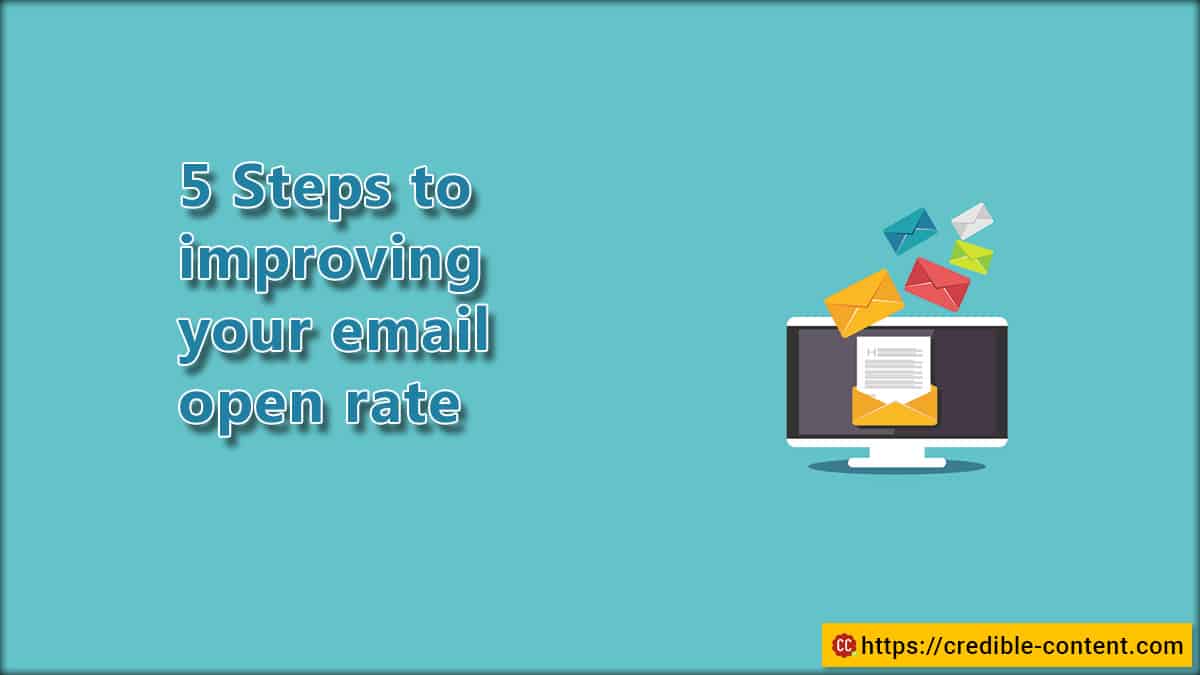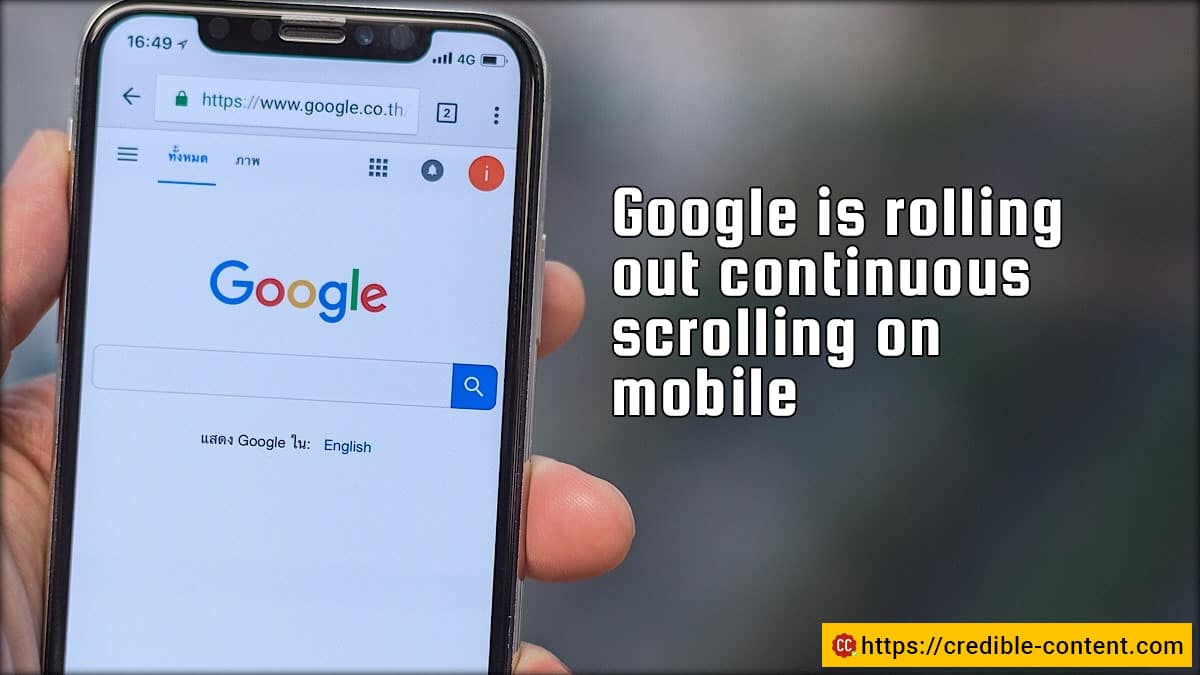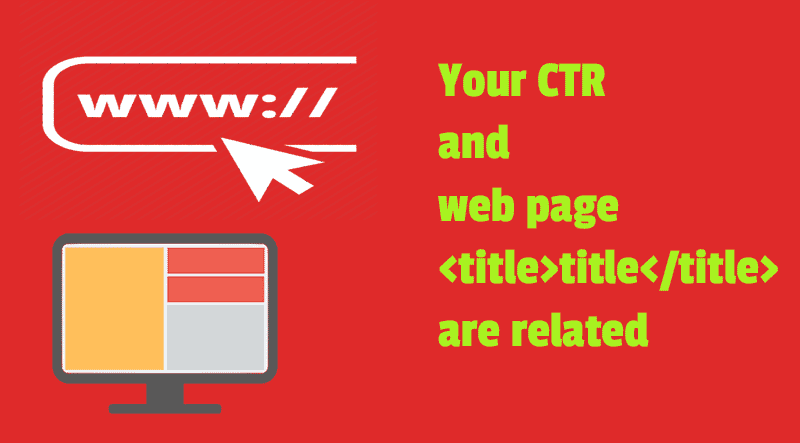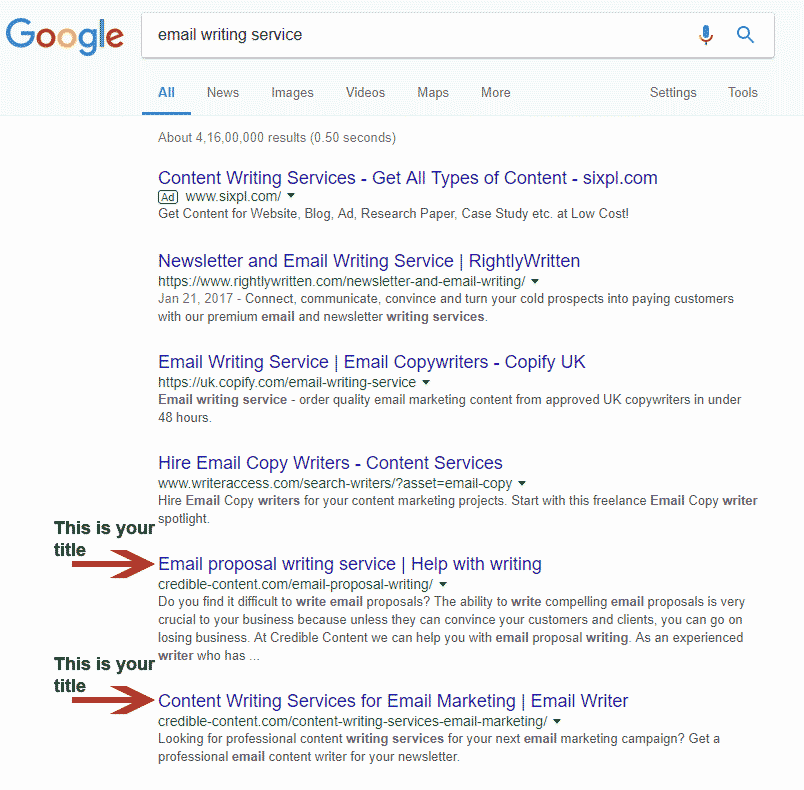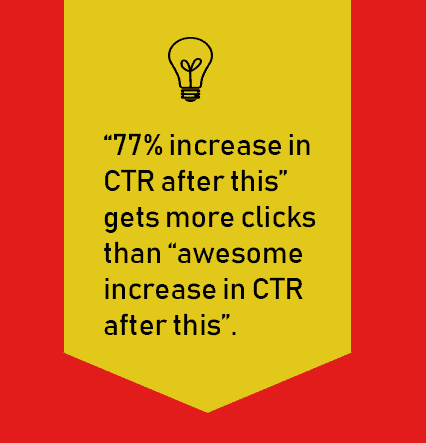How to increase your email open rate?
Do you know what is the average email open rate?
How many people are likely to open your emails when you send out an email marketing campaign?
Different industries have different email open rates, according to this Smart Insights report.
The overall average is 29.55%, according to the above link, which is quite high than what I expected.
This MailChimp report on the same topic shows that the average email open rate is 21.33%, which is a lot less then what the Smart Insights report says.
But MailChimp must have used its own servers to get data because it is an email marketing company.
Since MailChimp is an email marketing company, and it has used its own servers to derive data, I think they have more reliable data for different industries.
You can see the tabular data on both the links that I have included above.
How to improve your email open rate?
I would like to make an interesting observation.
According to the MailChimp report, agriculture and food services industry has an email open rate of 23.31%.
Emails from government have an open rate of 28.77% because most of the time they carry useful information that people need.
Hobbies related emails enjoy an open rate of 27.74%.
Religion related emails are close at 27.62%.
In the table, the lowest email open rates seem to be for daily deals and coupons (15.06%) and e-commerce (15.68%).
One would expect that daily deals and coupons emails may enjoy a higher open rate, but it seems people pay more attention to the emails that are close to their hearts rather than emails that simply offer discounts and lower rates for products and services.
What is email open rate?
Before learning how to improve your email open rate, it is important to know what it means.
Your email open rate is the percentage of recipients who open a specific email out of the total number of subscribers you have in your mailing list.
Mathematically, it is the number of people who opened email divided by the total number of emails you sent in a campaign, multiplied by 100.
Hence, if your email open rate is 25%, it means for every 100 emails that you send, 25 are opened.
You learn how to increase your email open rate – is it enough?
Not necessarily.
It is one of the factors.
It is one of the most important factors, in fact.
Unless someone opens your email message, how is he or she going to respond to it?
Hence, your first priority is to make sure that the maximum number of people open your email when you send out your email marketing campaign.
The second factor is the CTR – click-through-rate.
Every email campaign has a CTA – call-to-action.
It may be a “Buy” button.
It may be a “Download” button.
It may be a “Contact us now” link.
Whatever you want your recipients to do after they have gone through your email, is your call-to-action.
How convincing your message and call-to-action are, decide your CTR.
Now we come to the main topic of the post:
How to improve your email open rate
As I have written above, before something constructive can happen to your email marketing campaign, it is very important that maximum number of people open your emails.
The process of improving your email open rate is long-term and short-term.
The long-term process is improving your reputation to such an extent that when people encounter your email in their inbox, they immediately open it.
The short-term process is giving compelling information through the subject line, email extract, and even the name from which the email has come, to reassure people and make them open your email.
Listed below are 5 tips that can help you increase or improve your email open rate.
1. Optimize your subject line
After the name of the sender, it is your subject line that people read without opening your message.
Your subject line tells people why they should open your message.
If your subject line doesn’t inspire people, they won’t like your email message.
Your email will remain unopened.
Your email open rate will decline.
No matter how great your offer is, unless people read your offer, they are not going to be able to take its advantage.
Your subject line is like the main headline of your blog post or web page.
You may like to read: 8 types of headlines you can use in copywriting
Just like the headline, if your subject line fails to impress people, they won’t read further.
Never use your subject line to mislead people into opening your message.
You may be able to increase your email open rate for the time being, but once people begin to mistrust you, even if you are sending them a genuine offer, they won’t believe you.
According to this Optinmaster blog post, 47% email recipients open an email based on the subject line.
69% email recipients on the other hand mark an email as spam based on the subject line.
Hence, your subject line can be a double-edged sword.
Be mindful of what words you use in your subject line.
Defining the best subject line can be a tricky business.
There are many words that can get your email marked as spam, especially words containing “money”, “Casino”, and “meet singles”.
This Hubspot blog post contains a list of 394 words that can get your email message marked as spam, so, try to avoid them.
You can use AB testing to arrive at the best subject lines.
Define two subject lines with careful consideration.
Then send 50% of the emails using one subject line and 50% using the other.
After a couple of days, your email marketing service like MailChimp will give you the data on how many people opened your emails for those subject lines.
Then choose the subject line that performs better and create an improved version of it.
Then again sent 50% of the emails with one subject line and 50% using another subject line.
After a few AB testing phases, you will be able to arrive at the best subject line to use to increase your email open rate.
What defines a good email subject line that can help you improve your email open rate?
Here are a few suggestions:
- Personalize your subject line
- Keep it short and sweet
- Start telling a story
- Create suspense or another strong emotion
- Ask a question
- Create a mystery
2. Use segmentation to improve your email open rate
Most of the contemporary email marketing services these days provide you the facility to create segments based on user behavior.
For example, MailChimp allows you to create segments based on
- People who opened your last email message within a range of days.
- People who have been opening your messages for the past number of campaigns.
- People who have opened your email message at least once in the past 25-50 email campaigns.
- Regions from where people open your email messages the most.
And so on.
On some instances only segmentation can help you increase your email open rate almost by 40% (source).
Who are more likely to open your email message?
Someone who has already opened your messages in the recent past or someone who has never opened your messages?
Certainly, someone who has been responding to your messages is more likely to open them.
What is the use of segmentation if it reduces the size of your email list?
Remember that people who are not opening your messages are anyway not going to open them.
Why waste bandwidth on those people?
They may have subscribed to your mailing list due to whatever reason, but now they are no longer interested in hearing from you, and maybe too lazy to unsubscribe.
But if you use a service like MailChimp, you pay for every message that you send, whether that message is opened or not.
Therefore, segmentation doesn’t just help you increase your email open rate, it also reduces your email marketing costs.
3. Find the optimal time to improve your email open rate
Whether your email is opened or not also depends on at what time the recipient receives your email message.
Sometimes people can be too busy and even if they want to open your email message, they have no time.
At certain periods of the day they are deluged with email and even when they are interested, they end up ignoring your email.
Just as your email marketing service tells you how many people open your last campaign, they also tell you at what time they mostly opened it.
You will need to spend some time to gather such data and hence, it is a long-term process.
You may have to analyze 10-15 campaigns and gather the data in an Excel sheet.
You will need to find out on which days people open your messages the most and at what time they open your messages the most.
After that, try sending your email messages on those days and at that time.
For example, if the optimal time for you to send out your email marketing campaign is on Thursday at 10 AM, you can schedule your email marketing message accordingly.
Your email marketing service should be able to send out the message based on the recipient’s time zone.
This can be one of the best ways to increase your email open rate.
4. Request your recipients to add your email to their “whitelist”
20% emails don’t reach the inbox of your recipients (source).
Spam settings are the culprit.
Some spam settings are set by the user and some are set by email services like Gmail and Outlook.
I have seen that even legitimate messages that have got nothing to do with email marketing, are directly sent to the spam folder sometimes by the Gmail feature of Google Workspace.
Emails can be manually added to the whitelist.
When people are subscribing to your mailing list, politely remind them that they should add the email ID from which they will be getting your messages to their whitelist so that the messages are not redirected to the spam folder.
Also use double opt-in to subscribe to your mailing list.
In double-opt in, they must click a verification link that is sent on the email ID they initially submitted to your subscription form.
They will be able to click the verification link only when they open the email message from you.
Once they open your email message for verification, your email ID is automatically added to the whitelist.
5. Regularly engage your email recipients
This is one of the sure shot ways of improving your email open rate.
When people don’t receive your messages regularly, they tend to ignore your messages.
If they get in the habit of opening your messages, it can significantly increase your email open rate.
If you want to know how to improve your email open rate, consistency is the key.
This is a long-term process, of course.
If you regularly send valuable information through your email messages, your recipients will grow to expect your emails on certain days or at certain times.
Once they begin to find value in your email messages, they will eagerly open them.
Although, how successful your email marketing campaigns are depends on multiple factors, one of the foremost factors is the email open rate.
If they don’t open it, they won’t read it.
If they don’t read, they don’t click your call-to-action button.
If they don’t click your call-to-action button, it brings down your click-through rate.
Hence, the most important step towards executing a successful email marketing campaign is, to improve or increase your email open rate.

